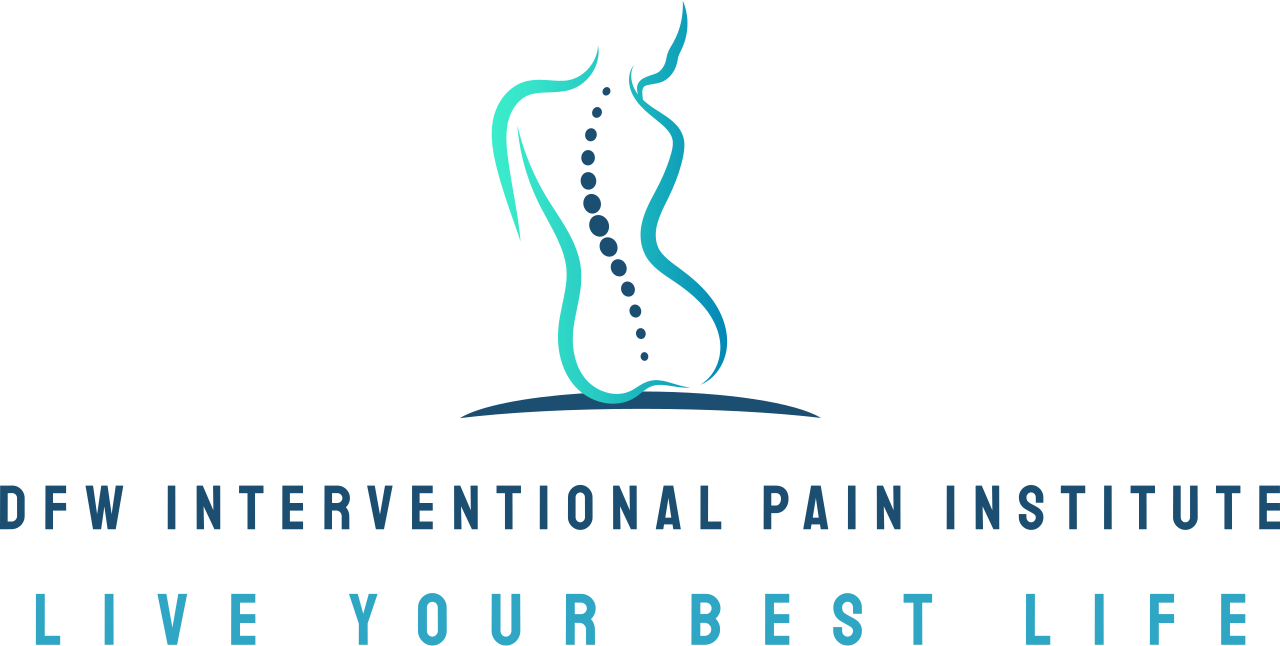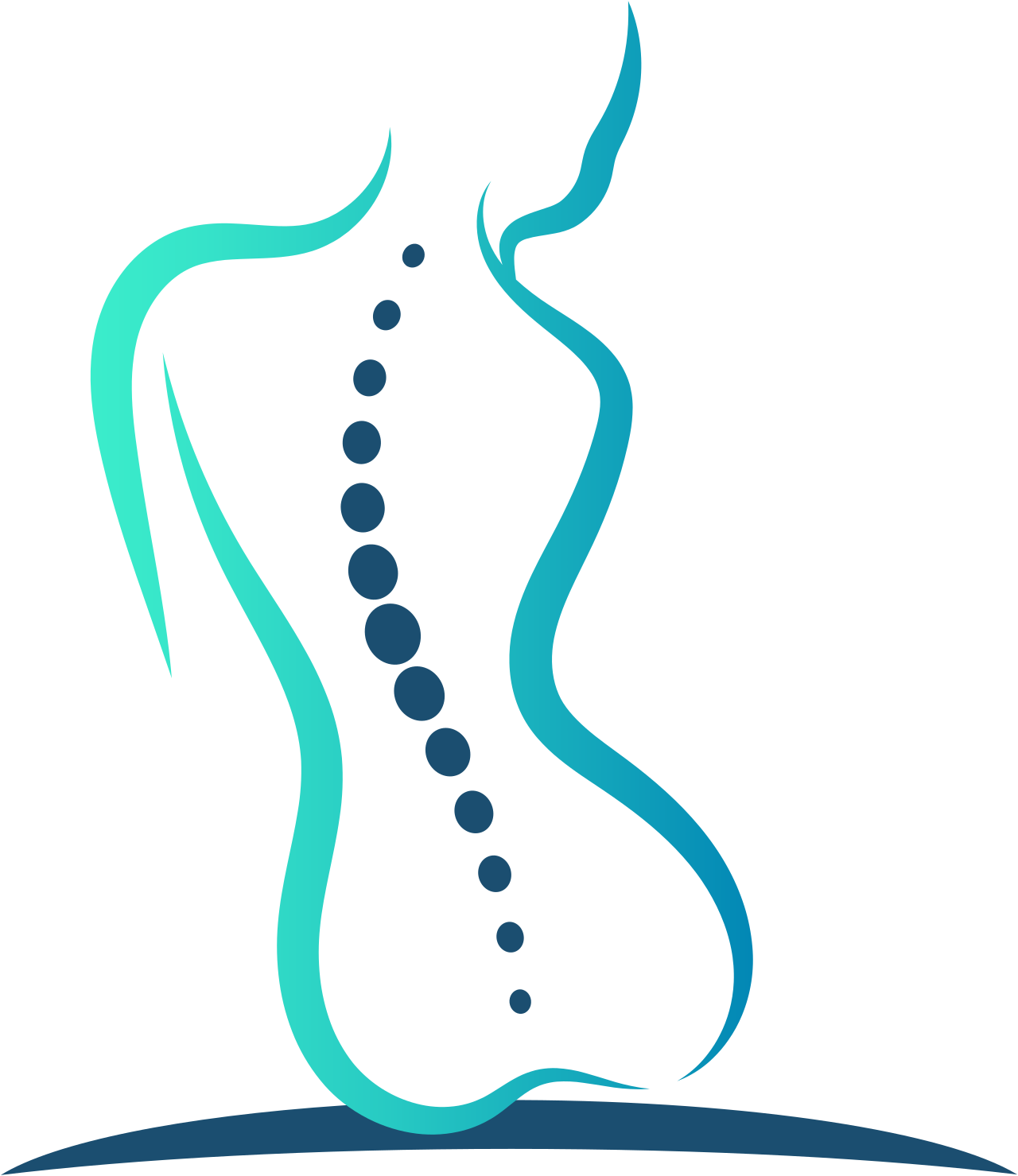Treating pinched nerves in the lower back
Pinched nerves in the lower back can significantly disrupt daily life, leading to discomfort and limited mobility. At DFW Interventional Pain Institute, Dr. Edrick Lopez is dedicated to providing compassionate, effective treatment plans to help patients regain their quality of life. This guide aims to provide a comprehensive understanding of pinched nerves in the lower back, their symptoms, diagnosis and available treatment options.
Understanding pinched nerves
A pinched nerve occurs when surrounding tissues, such as bones, cartilage, muscles or tendons, exert excessive pressure on a nerve. In the lower back, this often results from conditions like herniated discs, spinal stenosis or degenerative disc disease.
Causes of pinched nerves in the lower back
Herniated discs: When the soft material inside a spinal disc pushes through a crack in the tougher exterior casing.
Spinal stenosis: Narrowing of the spaces within your spine, which can put pressure on the nerves.
Degenerative disc disease: Wear and tear on a spinal disc causing pain, instability, and other symptoms.
Bone spurs: Bony projections that develop along the edges of bones, often where bones meet each other in the joints.
Signs and symptoms of a pinched nerve in the lower back
Recognizing the signs of a pinched nerve is crucial for seeking timely treatment. Common symptoms include:
Localized pain: Sharp, aching, or burning pain that radiates from the lower back down the legs. (Not to be confused with sciatica, a condition we also treat at DFW Interventional Pain Institute)
Numbness: Loss of sensation in the areas served by the affected nerve.
Tingling: A pins-and-needles sensation, often referred to as "paresthesia."
Weakness: Muscle weakness in the affected area, which may affect your ability to lift or hold objects.
Diagnosis
Dr. Edrick Lopez employs a thorough diagnostic approach to identify pinched nerves in the lower back. The process typically includes:
Physical examination: Assessing your medical history, conducting a physical exam, and evaluating your range of motion.
Imaging tests: Utilizing MRI, CT scans, or X-rays to visualize the structures of the spine and identify any abnormalities.
Nerve conduction studies: Measuring the electrical impulses in your nerves and muscles to determine the extent of nerve damage.
Non-surgical treatment options for pinched nerves in the lower back
Conservative treatments are often the first line of defense against pinched nerves in the lower back. Dr. Lopez offers several non-surgical options, including:
Physical therapy: Customized exercises to strengthen the muscles supporting the spine, improve flexibility, and alleviate pressure on the nerves.
Medications: Anti-inflammatory drugs, muscle relaxants and pain relievers to manage symptoms.
Lifestyle adjustments: Recommendations for posture improvement, ergonomic adjustments and weight management to reduce stress on the lower back.
Interventional procedures for pinched nerves in the lower back
For patients who don't experience relief from conservative treatments, Dr. Lopez provides minimally invasive interventional procedures:
Nerve blocks: Injections of anesthetic and anti-inflammatory medications near the affected nerve to provide pain relief.
Epidural steroid injections: Administering steroids into the epidural space to reduce inflammation and alleviate pain.
Radiofrequency ablation: Using radio waves to generate heat and disrupt nerve function, reducing pain signals sent to the brain.
Surgical options for pinched nerves in the lower back
In some cases, surgery may be necessary to relieve the pressure on the nerve. Dr. Lopez discusses surgical options when:
Non-surgical treatments have failed to provide relief.
There is significant nerve compression causing severe pain or neurological deficits.
Surgical techniques that may be recommended
Discectomy: Removing a portion of a herniated disc to relieve pressure on the nerve.
Laminectomy: Removing part of the vertebra to create more space for the nerves.
Spinal fusion: Joining two or more vertebrae together to stabilize the spine.
Preventative measures for pinched nerves in the lower back
Preventing future pinched nerves involves making certain lifestyle changes and incorporating specific exercises into your routine. Dr. Lopez recommends:
Regular exercise: Engaging in activities that strengthen the core muscles, improve flexibility, and maintain a healthy weight.
Proper posture: Maintaining good posture while sitting, standing,and lifting to reduce strain on the lower back.
Ergonomics: Ensuring your work environment supports proper body mechanics and reduces the risk of back strain.
If you're experiencing disruption to your daily life, we can help
Pinched nerves in the lower back can be debilitating, but with the right treatment plan, relief is possible. If you’re suffering from chronic back pain, don't hesitate to seek professional help. At DFW Interventional Pain Institute, Dr. Edrick Lopez’s expertise in diagnosing and treating pinched nerves can guide you on the path to recovery.
Ready to take the first step toward a pain-free life? Schedule a consultation with Dr. Lopez today and explore your personalized treatment options.

